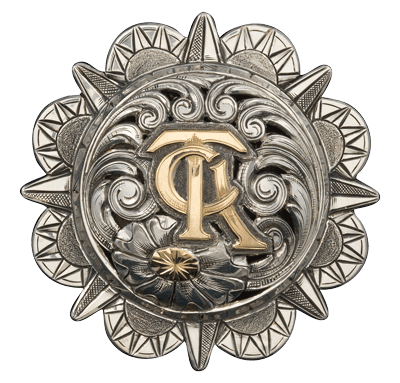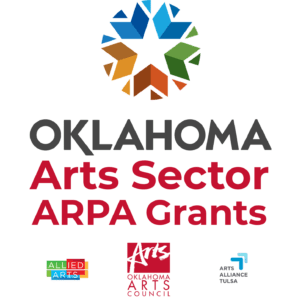The Craft
TCAA Disciplines
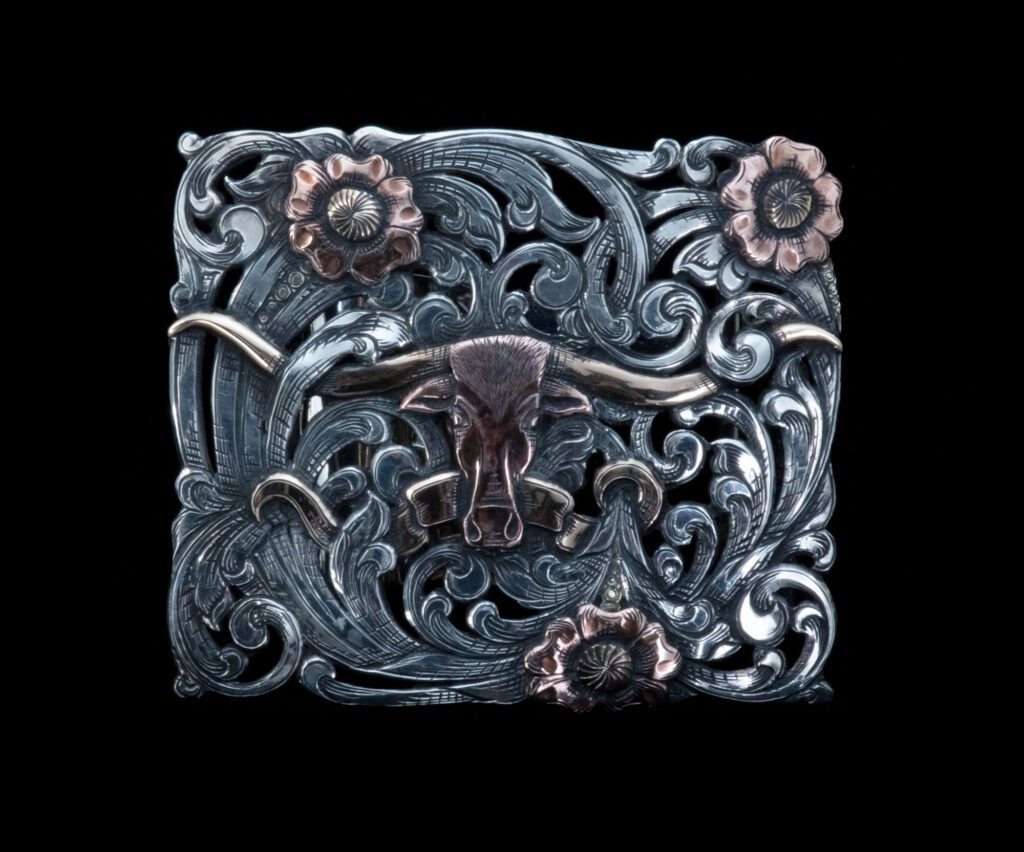
Silversmithing
Silversmithing in traditional cowboy arts involves crafting intricate silver accessories, often featuring Western motifs like stars, horseshoes, and geometric patterns. This craftsmanship reflects the rugged Western lifestyle and heritage, combining functional artistry with cultural storytelling to create ornate buckles, spurs and objects that embody cowboy spirit and tradition.
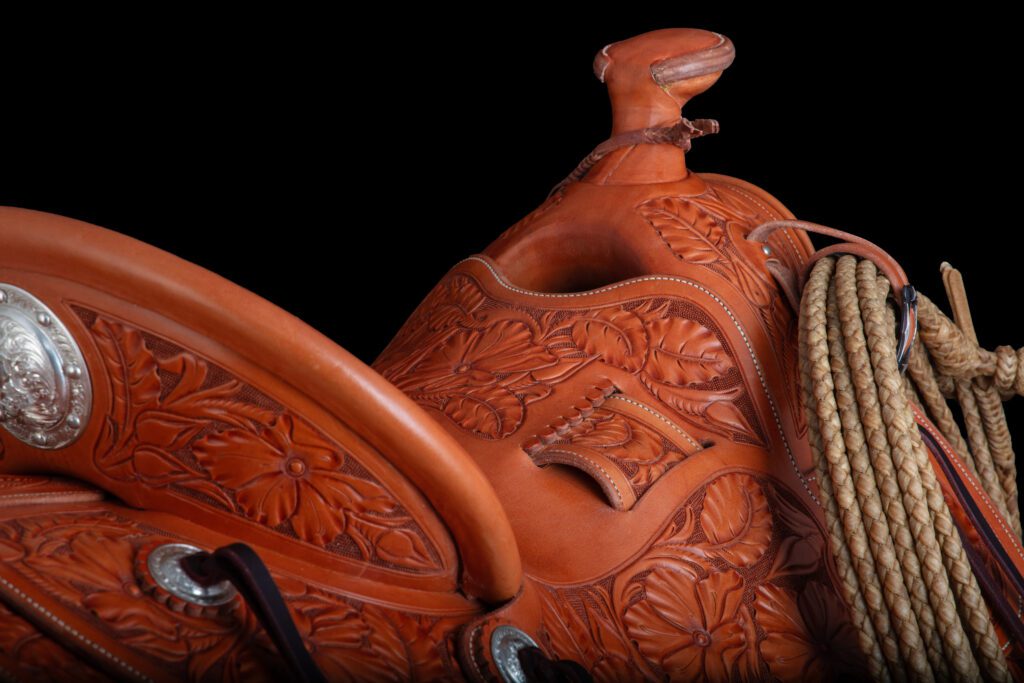
Saddlemaking
Saddlemaking is a revered traditional cowboy art that embodies both craftsmanship and heritage. At its core, saddlemaking is a meticulous process that transforms raw materials into a functional and artistic piece of equipment essential for ranch work and equestrian sports. The process begins with selecting high-quality leather, often from cowhide, which is known for its durability and flexibility. Skilled saddle makers carefully cut, shape, and stitch the leather, ensuring every piece fits together seamlessly.
The saddle’s frame, or tree, provides the foundation and is traditionally crafted from wood and covered with leather. This frame must be precisely shaped to ensure comfort and stability for both horse and rider. The leather is then tooled with intricate designs, showcasing the maker’s artistry and personal style. Decorative elements, such as silver conchos and hand-engraved details, add both beauty and functionality.
Saddlemaking also involves a deep understanding of horse anatomy and rider needs, ensuring each saddle is tailored to fit comfortably and support proper riding posture. This artisanal craft preserves a vital aspect of cowboy culture and reflects a commitment to quality and tradition passed down through generations.
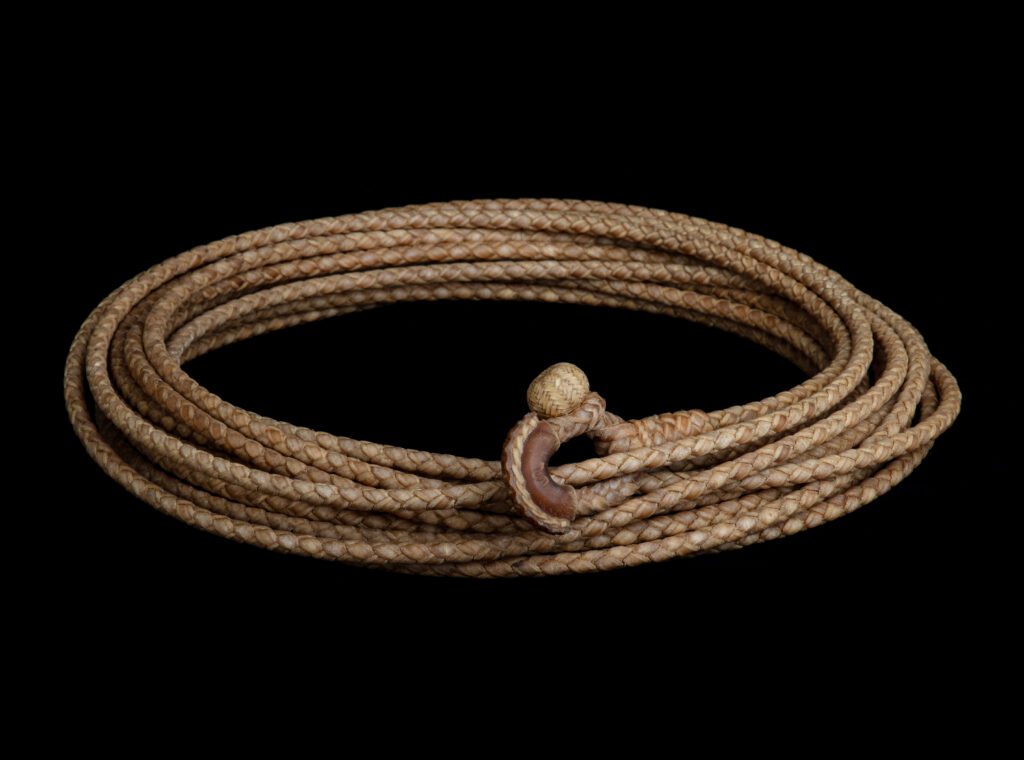
Rawhide Braiding
Rawhide braiding is a revered traditional cowboy art that transforms rawhide into durable, functional, and beautifully crafted items. This intricate process begins with soaking rawhide to make it pliable, then carefully braiding it into various forms, such as reins, whips, and bosals. Skilled artisans use precise techniques to create patterns and designs, often incorporating decorative elements like knots and overlays. The craft demands patience and expertise, as each braid must be uniform and strong. Rawhide braiding reflects the cowboy’s deep connection to their gear, blending utility with artistry in a tradition that has been cherished for centuries.
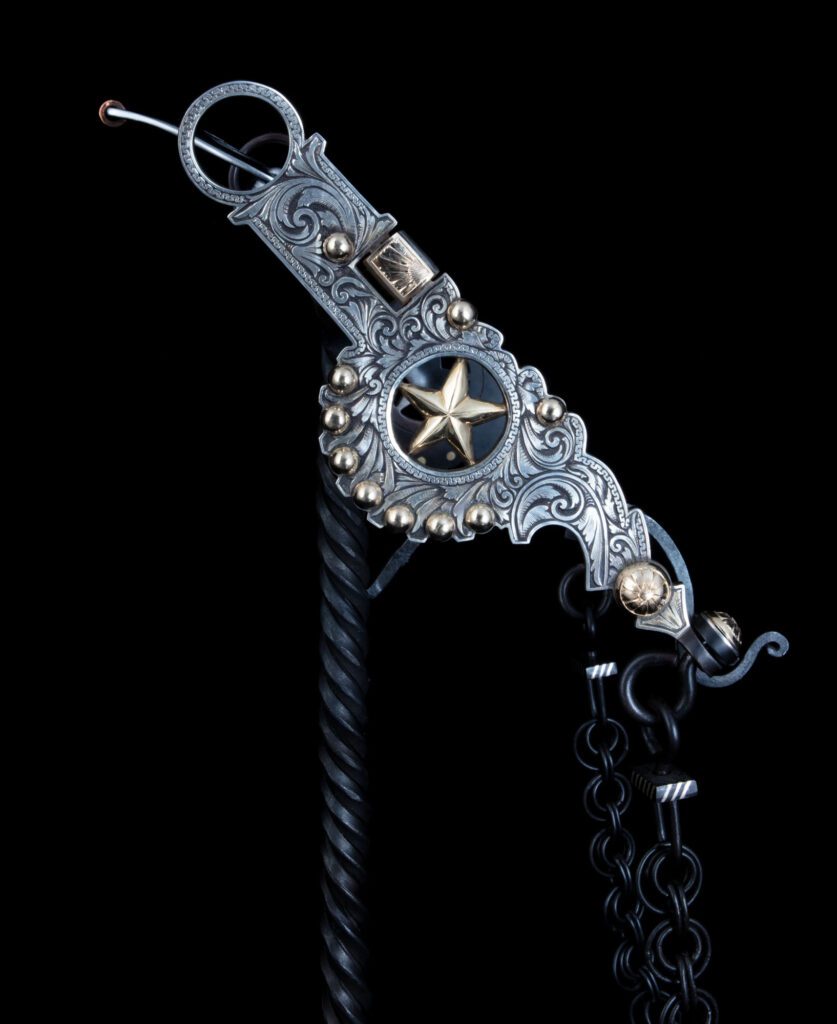
Bit & Spur Making
Bit and spur making is a traditional cowboy art that combines functionality with intricate craftsmanship. Skilled artisans forge bits and spurs from metals like steel and bronze, shaping them into finely tuned tools for communication and control with horses. The process involves crafting ornate designs, from detailed engravings to decorative silver inlays, reflecting both utility and aesthetic appeal. Each piece is meticulously balanced and fitted to ensure effectiveness and comfort for both horse and rider. This craft not only serves practical purposes but also embodies the rich heritage of cowboy culture, showcasing a blend of skill, artistry, and tradition.
